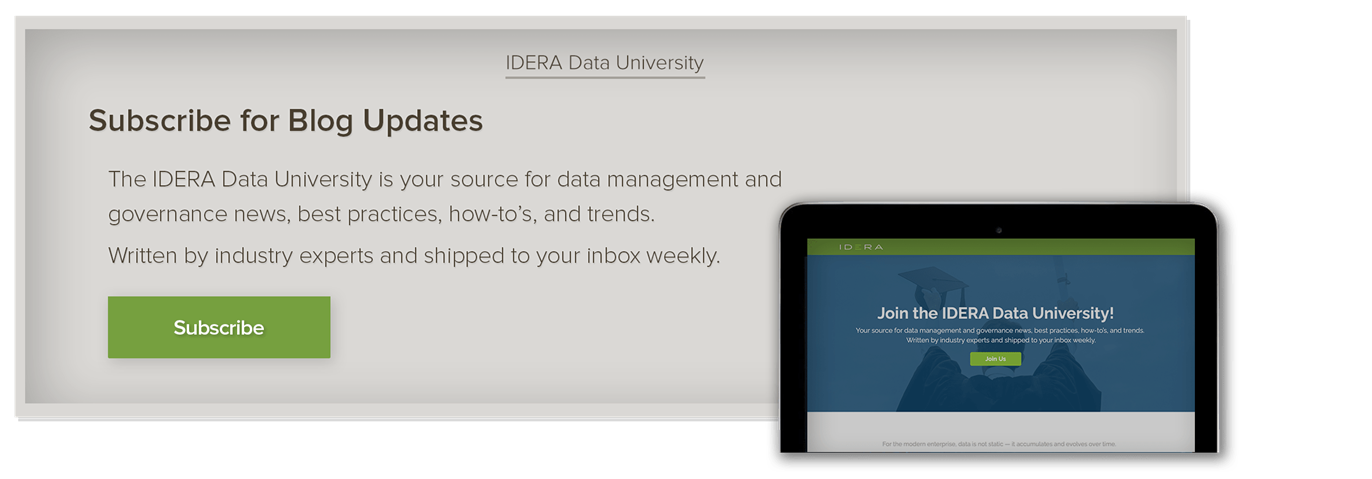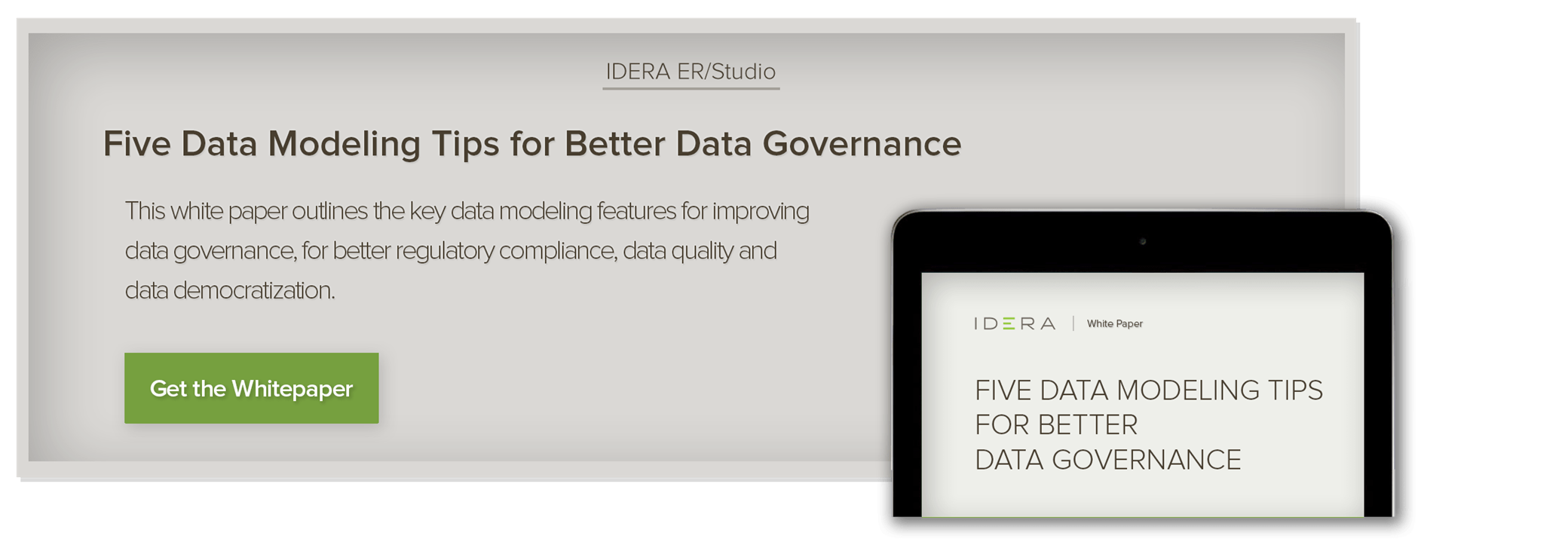Data-driven companies need to create and implement a data governance policy to make the most effective use of enterprise information resources. A viable data governance policy assists in the implementation of data governance throughout a business.
What is a Data Governance Policy?
A data governance policy describes the guidelines an organization imposes internally, for effectively managing and using its data assets. The guidelines define specific standards for how data quality and accuracy are maintained across all areas of a business.
The data governance policy also defines policies that address how data is used, accessed, and kept secure. Roles and responsibilities for implementing and monitoring data governance are also part of the governance policy.
A data governance policy is a key component of a robust data governance framework. A framework addresses the complete data governance program whereas a data governance policy is more concerned with people and processes. A data governance policy is an integral part of shaping an organization’s data culture.
Why is a Data Governance Policy Important?
Implementing a data governance program can be a daunting task. Data governance often requires a substantial shift in the corporate culture regarding enterprise data. This kind of change cannot be accomplished based on vague initiatives. A well-defined roadmap is necessary to keep everyone in the organization moving in the same direction.
A viable and intelligently developed data governance policy provides a centralized repository of the processes that will be used to implement governance across the company. Without concurrence on how data is handled, a governance program will never achieve its maximum value.
Documented policies can be instrumental in eliminating misunderstandings between different departments or areas of a business and make it more likely a data governance program will meet its goals.
How Do I Create a Data Governance Policy?
Creating a data governance policy requires a methodical approach that involves the following steps:
- Communicating the value of data governance to decision-makers and stakeholders including outlining the business benefits of its implementation.
- Forming a data governance team. This includes determining roles and responsibilities defining who is responsible for specific components of the governance program.
- Assessing the state of data governance in the company and specifying expectations for the undertaking. This involves obtaining input from stakeholders to solidify buy-in for the program and define its direction.
- Drafting the policy and allowing it to be reviewed by stakeholders so it can be modified if necessary.
- Disseminating the policy to stakeholders throughout the organization.
- Defining metrics by which performance against policy goals can be measured.
- Reviewing the policy regularly and updating it when changes are required.
Companies need to treat their data governance policy as a living document and be prepared to make changes as the business needs and goals of the program evolve.
Can I Use a Data Governance Policy Template?
Data governance policy templates are available and may present an attractive alternative to organizations developing policies themselves. While it might at first look like a good way to streamline policy development, it presents pitfalls due to the unique nature of each company’s data resources and current culture.
Data governance is not a one-size-fits-all activity and attempting to use a standardized template risks missing unique aspects of a business and not achieving the potential value in the exercise.
A better strategy than trying to conform to a predefined template is to address the following items and adapt them for your business.
- Identify the people who fill important data-related roles through the organization including data stewards and owners.
- Conduct and maintain a data inventory and regularly supplement it by the addition of new sources and the removal of obsolete ones.
- Determine why information is collected and develop policies over the creation, management, and deletion of enterprise data.
- Assign responsibility for data quality to the appropriate personnel.
- Define and provide data access permissions to establish who can use specific systems, or access specific data and data types.
- Devise data security policies including how data will be shared and accessed.
- Outline and document metric-based goals to be met by each of the previously listed items to measure the success of the data governance program.
How Do I Implement a Data Governance Policy?
Implementing a data governance policy and the ensuing data governance program is not something that can be done with a single application. There are no data governance programs available for a quick fix. Data governance requires collaboration across the organization and tools that can help identify the enterprise data resources that will be governed.
The ER/Studio family of data modeling tools is a valuable solution for creating a data governance policy and identifying said data resources. The three related applications address a range of aspects in data governance policy development.
ER/Studio Business Architect
Business Architect maps the relationships between the people, processes, and data that need to be understood to develop a viable data governance policy.
Try ER/Studio Business Architect for Free!
ER/Studio Data Architect
ER/Studio Data Architect lets teams build out enterprise data models, discover and document data assets, and create a data catalog to support governance activities.
Try ER/Studio Data Architect for Free!
ER/Studio Enterprise Edition
ER/Studio Enterprise Edition is a collaborative tool that enables an organization to share data models and build the common data vocabulary necessary for successful data governance. Its shared repository supports model consistency and keeps all stakeholders informed of changes. It furnishes the required functionality to build a strong foundation for a data governance program.
Request a free demo of ER/Studio Enterprise Edition!
Organizations developing a data governance policy should investigate the features available in ER/Studio. The tools will help companies meet the underlying business goals of data governance.

